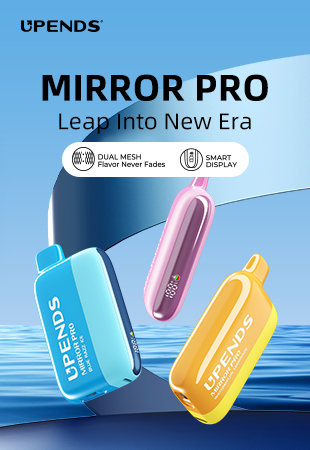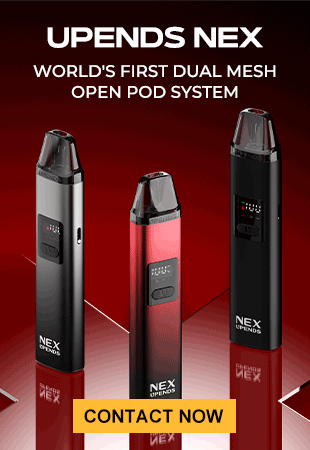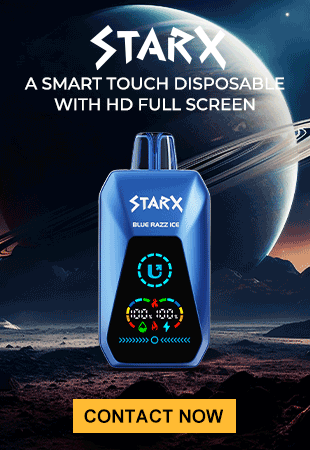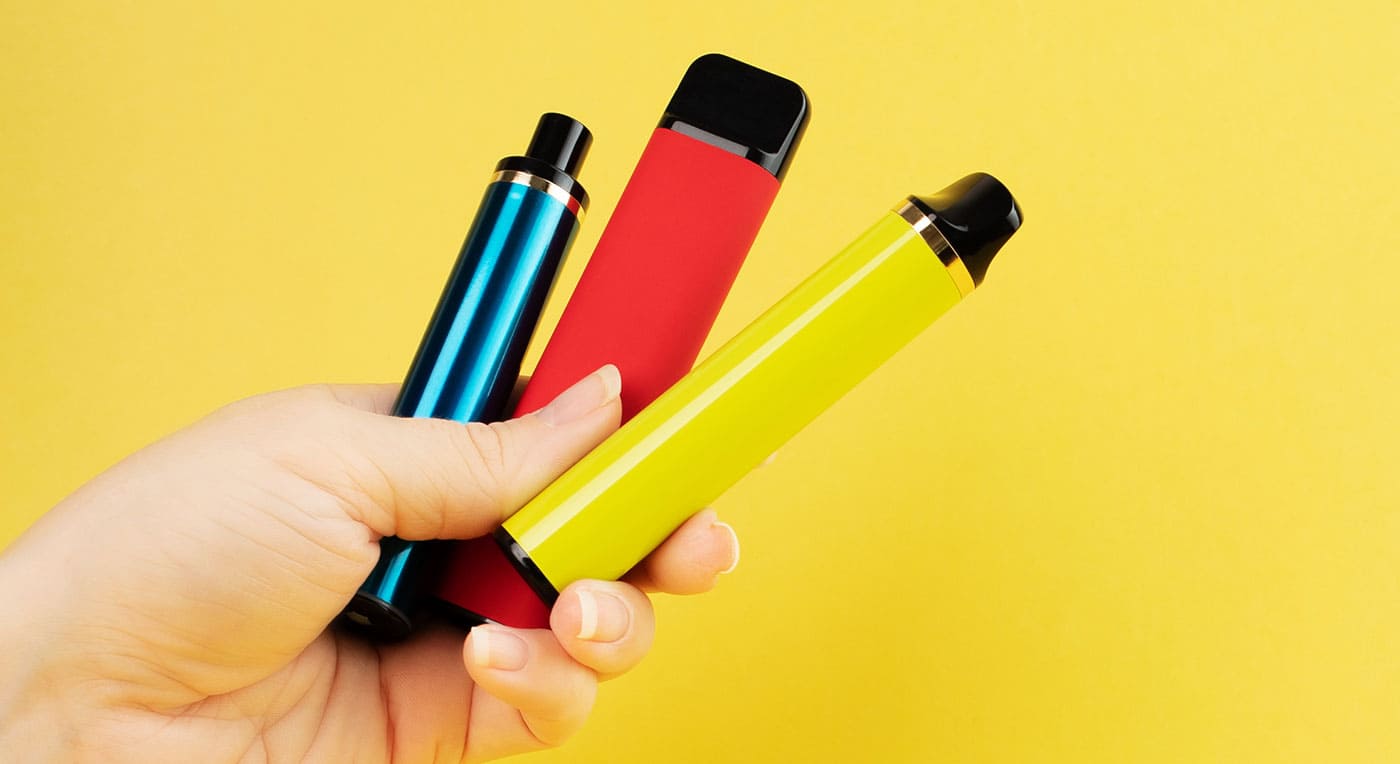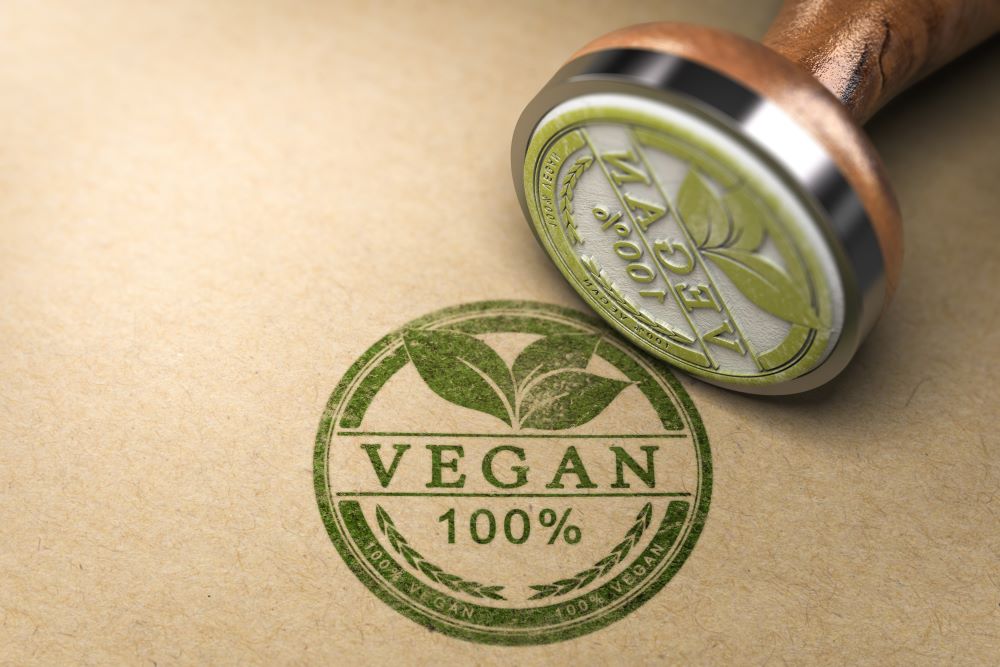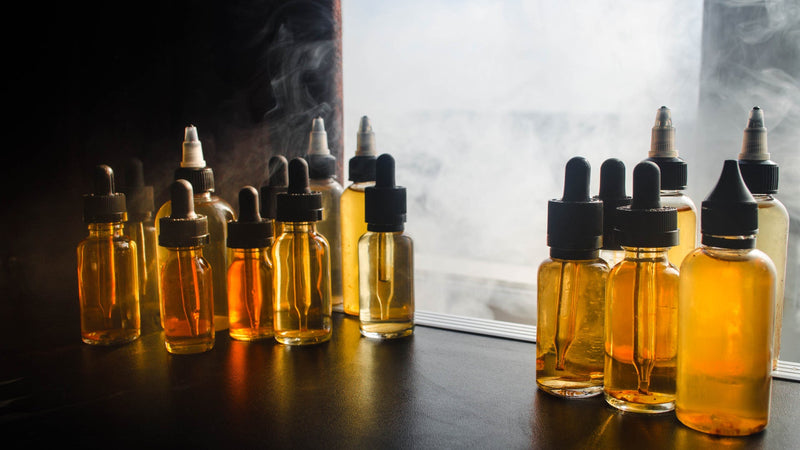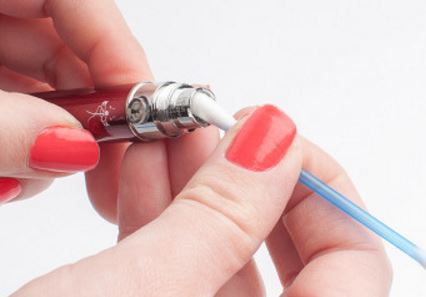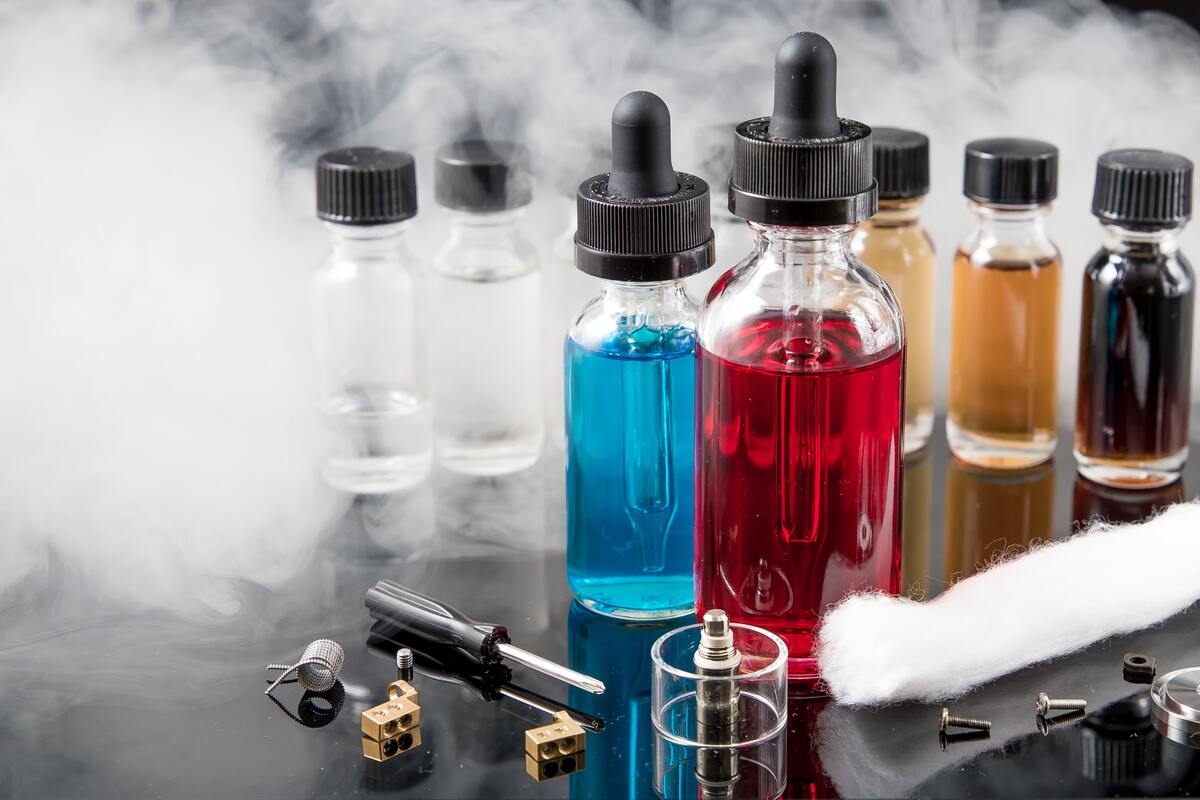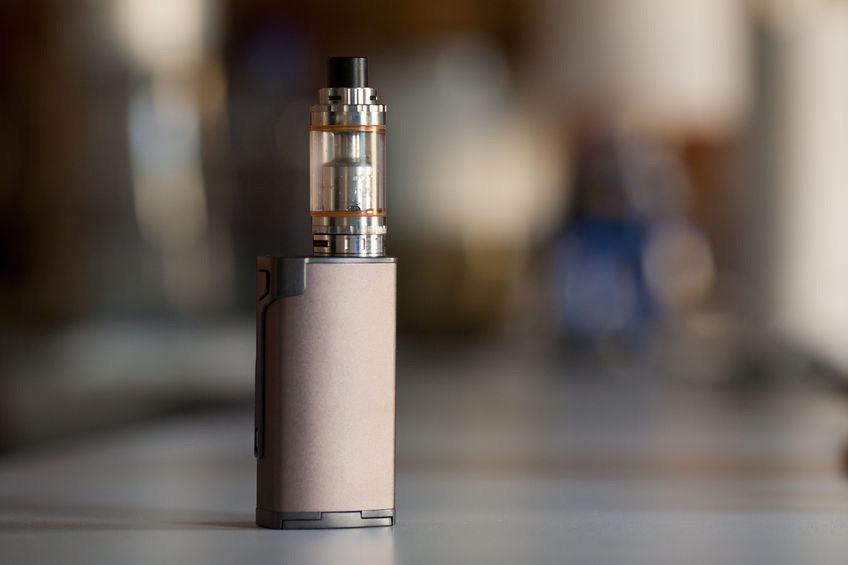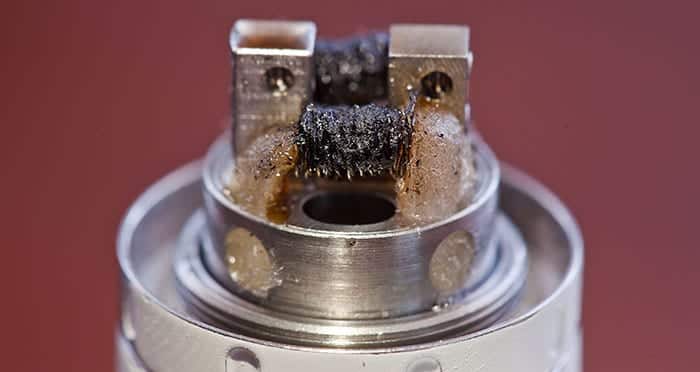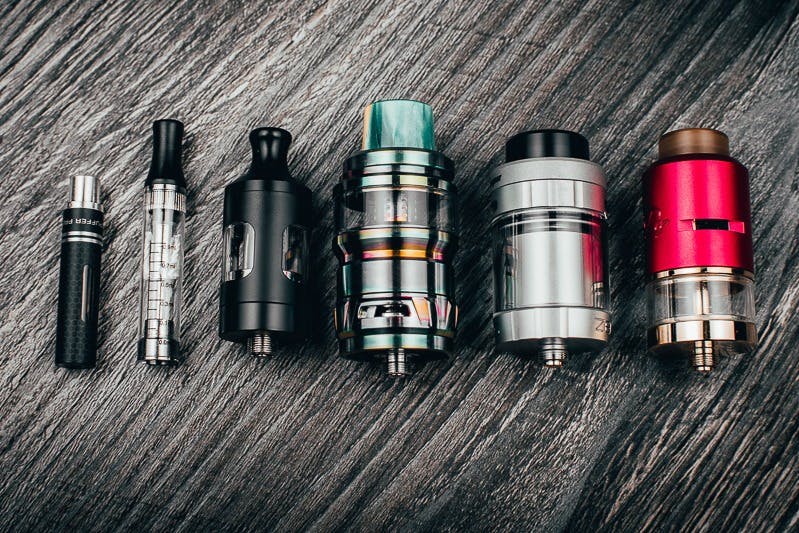
In the vaping industry, one facet that demands nuanced exploration is the spectrum of nicotine concentrations found in vape juices. As we delve into this intricate landscape, we aim to provide a thorough understanding of the highest nicotine levels available, elucidate their suitability for different user profiles, and critically review the dynamics of high-nicotine vape juices.
What's The Highest Nicotine Levels?
At the apex of nicotine concentrations in vape juices, we encounter the 18mg (1.8%) and 20mg (2%) thresholds. Tailored for the discerning palate of heavy smokers, those surpassing one pack per day, these concentrations promise a robust throat hit, reminiscent of the experience offered by traditional cigarettes. It becomes evident that these levels are crafted to bridge the transition for individuals new to vaping, especially those with a history of frequent cigarette consumption.
Suitability for Heavy Smokers – A Tailored Experience
The question arises – who precisely is the target audience for e-cigarettes boasting elevated nicotine content? The answer lies in the suitability of these high concentrations for heavy smokers. Defined as individuals surpassing the consumption of one pack of cigarettes daily, these concentrations, notably the 18mg (1.8%) and 20mg (2%) variants, promise a nuanced and satisfying vaping experience. The emulation of traditional cigarette throat hits positions these concentrations as a viable choice for those recently embracing vaping after a prolonged history of frequent cigarette use.
Critical Review of High Nicotine Vape Juice
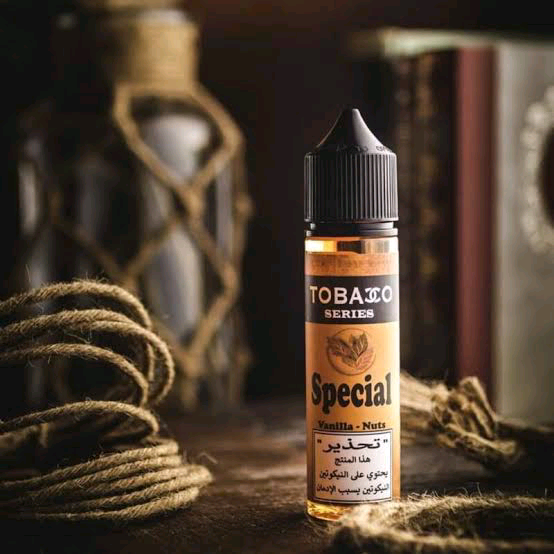
Nicotine, the central protagonist in the world of vaping, is classified as a stimulant with a ubiquitous presence in both traditional cigarettes and e-cigarettes. Its stimulatory effect triggers the release of dopamine, engendering pleasure and enhancing mood. However, it is imperative to acknowledge the inherent risks associated with nicotine, even within the comparatively safer confines of e-cigarettes.
As we navigate the diverse landscape of nicotine strengths, ranging from 0mg to 20mg, a nuanced understanding of user preferences emerges. Heavy smokers seeking a familiar throat hit gravitate towards the 18mg (1.8%) and 20mg (2%) concentrations, mirroring the sensations of conventional cigarettes. This comprehension of the nuanced distinctions between nicotine strengths empowers users to make informed decisions aligned with their unique vaping journey.
Beyond the realm of nicotine-laden vape juices, exploration extends to nicotine-free alternatives. Disposable vapes and e-liquids boasting 0% nicotine cater to individuals seeking a non-addictive vaping experience. However, it is crucial to recognize potential risks associated with nicotine-free smoking, including irritation, inflammation, and toxicity. Moreover, the nascent state of research necessitates ongoing scrutiny to comprehend the long-term health effects of e-cigarette use comprehensively.
Vape Kits

In the dynamic landscape of vape kits, users encounter a plethora of choices, each catering to distinct preferences and stages of the vaping journey. Rechargeable vape kits offer flexibility in nicotine levels, facilitating gradual reduction for individuals on the path to smoking cessation. Prominent among these starter kits are the Aspire PockeX AIO and UWELL Caliburn A2, presenting diverse options for users ranging from beginners to advanced enthusiasts.
The dichotomy between rechargeable and disposable vapes introduces a layer of versatility. While rechargeable kits afford the freedom to choose e-liquids with varying nicotine concentrations, disposable vapes streamline the experience by offering pre-filled options with fixed nicotine strengths, predominantly 10mg and 20mg. The convenience of disposables, coupled with limited flavour options, appeals to those seeking a low-maintenance vaping solution.
Freebase Nicotine vs. Nicotine Salts
E-liquids, the lifeblood of the vaping experience, are meticulously crafted from a blend of Propylene Glycol (PG) or Vegetable Glycerin (VG) and nicotine. Within this concoction, the distinctions between freebase nicotine and nicotine salts emerge.
Freebase nicotine, constituting a PG/VG mixture, stands as the traditional nicotine base in the majority of e-liquids available in the market. Known for delivering a robust throat hit, especially at higher nicotine strengths, freebases cater to individuals seeking an experience akin to smoking cigarettes. This characteristic positions them as an ideal choice for those embarking on the journey to quit smoking.
In contrast, nicotine salts present a smoother experience, offering a gentler throat hit even at higher concentrations. The availability of nicotine salts widens the scope of choices, appealing to users with varying sensitivities to throat sensations. Understanding this fundamental distinction empowers users to align their preferences with the diverse formulations present in e-liquids.
Conclusion:

In conclusion, the exploration of high-nicotine vape juice transcends the simplistic categorization of concentrations. It delves into the intricate tapestry of user preferences, smoking histories, and the quest for a uniquely satisfying vaping experience. From the summit of nicotine concentrations to the dynamic landscape of vape kits and the nuanced distinctions between freebase nicotine and nicotine salts, this comprehensive journey unravels the layers of complexity within the world of high-nicotine vaping. As users embark on their quests, armed with knowledge, they navigate this dynamic terrain with discernment and a profound appreciation for the multifaceted nature of high-nicotine vape juices.
FAQ
Q1: What are the highest nicotine levels available in vape juice?
A1: The highest nicotine levels in vape juice reach 18mg (1.8%) and 20mg (2%). Crafted for heavy smokers exceeding one pack per day, these concentrations promise a robust throat hit similar to traditional cigarettes.
Q2: Who is suitable for e-cigarettes with high nicotine content?
A2: E-cigarettes with elevated nicotine content, particularly the 18mg (1.8%) and 20mg (2%) variants, cater to heavy smokers consuming more than one pack daily. These concentrations provide a familiar throat hit, making them ideal for those transitioning from frequent cigarette use.
Q3: What is the role of nicotine in vaping?
A3: Nicotine, a stimulant found in both traditional cigarettes and e-cigarettes, stimulates the release of dopamine, offering pleasure and enhancing mood. While it can be addictive, e-cigarettes provide a comparatively safer alternative to traditional cigarettes, with various nicotine strengths to aid gradual reduction.
Q4: Are there risks associated with nicotine-free vaping?
A4: Yes, nicotine-free vaping is not entirely risk-free. Potential effects include irritation, inflammation, and toxicity. Additionally, more research is needed to comprehensively understand the health effects of long-term e-cigarette use.
Q5: How do I choose the right nicotine strength for my vaping habits?
A5: The rule of thumb is as follows:
0mg-5mg: Suitable for social smokers.
6mg-11mg: Ideal for light smokers.
12mg-17mg: Suited for average smokers.
18mg-20mg: Tailored for heavy smokers. It's essential to match your nicotine strength with your smoking habits for the best vaping experience.
Q6: What are the differences between rechargeable and disposable vapes?
A6: Rechargeable vape kits offer flexibility in nicotine levels, allowing users to choose e-liquids. Disposable vapes, on the other hand, come pre-filled with fixed nicotine strengths, offering convenience and a streamlined experience.
Q7: What is the distinction between freebase nicotine and nicotine salts?
A7: Freebase nicotine, a PG/VG mixture, delivers a robust throat hit, making it ideal for those transitioning from smoking. Nicotine salts offer a smoother experience even at higher concentrations, appealing to users with varying sensitivities to throat sensations.
Q8: Are there nicotine-free vaping options?
A8: Yes, nicotine-free vaping options include e-liquids with 0mg nicotine and disposable vapes with 0% nicotine strengths. However, it's crucial to be aware of the potential risks and effects associated with nicotine-free smoking
Q9: What are some recommended vape kits for beginners?
A9: Noteworthy starter vape kits include the Aspire PockeX AIO and UWELL Caliburn A2. These kits cater to beginners with user-friendly features and compatibility with both mouth-to-lung (MTL) and direct-to-lung (DTL) vaping.
Q10: How can I gradually reduce my nicotine intake with vaping?
A10: Rechargeable vape kits allow for a gradual reduction in nicotine strength by choosing lower concentrations. This approach helps users ease into reduced nicotine levels, minimizing withdrawal symptoms
Q11: What factors should I consider when choosing a nicotine strength for vaping?
A11: Consider your smoking habits, such as frequency and intensity. Match your nicotine strength to these habits – higher concentrations for heavy smokers and lower concentrations for social or light smokers.
Q12: Can high-nicotine vape juice help me quit smoking?
A12: High nicotine vape juice, especially at 18mg (1.8%) and 20mg (2%), is designed to mimic the throat hit of traditional cigarettes. It can be a useful tool for smokers transitioning to vaping and aiming to gradually reduce nicotine intake.
Q13: Are there any health risks associated with vaping with high nicotine content?
A13: While vaping is generally considered a safer alternative to smoking, it's essential to acknowledge that nicotine itself is not risk-free. The primary risks lie in potential addiction and the need for ongoing research to fully understand long-term health effects.
Q14: How do I understand nicotine concentrations presented in mg/mL and as percentages?
A14: Nicotine concentrations can be presented in mg/mL or as percentages. For example, 3mg is 0.3%, 10mg is 1%, and 18mg is 1.8%. Understanding this conversion helps users comprehend the nicotine content in a given volume of e-liquid.
Q15: What are the best flavours for high-nicotine vape juice?
A15: Flavor preferences are subjective, but for high nicotine concentrations like 18mg and 20mg, classic tobacco or robust flavours like Rhubarb and Custard can complement the strong throat hit. It's advisable to explore and find flavours that suit your palate.
Q16: Can nicotine-free vapes help with smoking cessation?
A16: Nicotine-free vapes provide an option for those looking to disassociate from nicotine entirely. However, the effectiveness in aiding smoking cessation may vary among individuals, and it's crucial to be aware of potential risks associated with nicotine-free alternatives.
Q17: What are the benefits of nicotine salts in vape juice?
A17: Nicotine salts offer a smoother vaping experience, even at higher concentrations. They are less harsh on the throat, making them appealing to users seeking a milder sensation. The choice between freebase nicotine and nicotine salts often depends on personal preferences.
Q18: Can I mix different nicotine strengths to customize my vaping experience?
A18: Yes, some vapers opt for mixing different nicotine strengths to customize their experience. This allows for a gradual reduction in nicotine levels over time. However, it's essential to ensure compatibility and maintain safety when experimenting with mixing.




